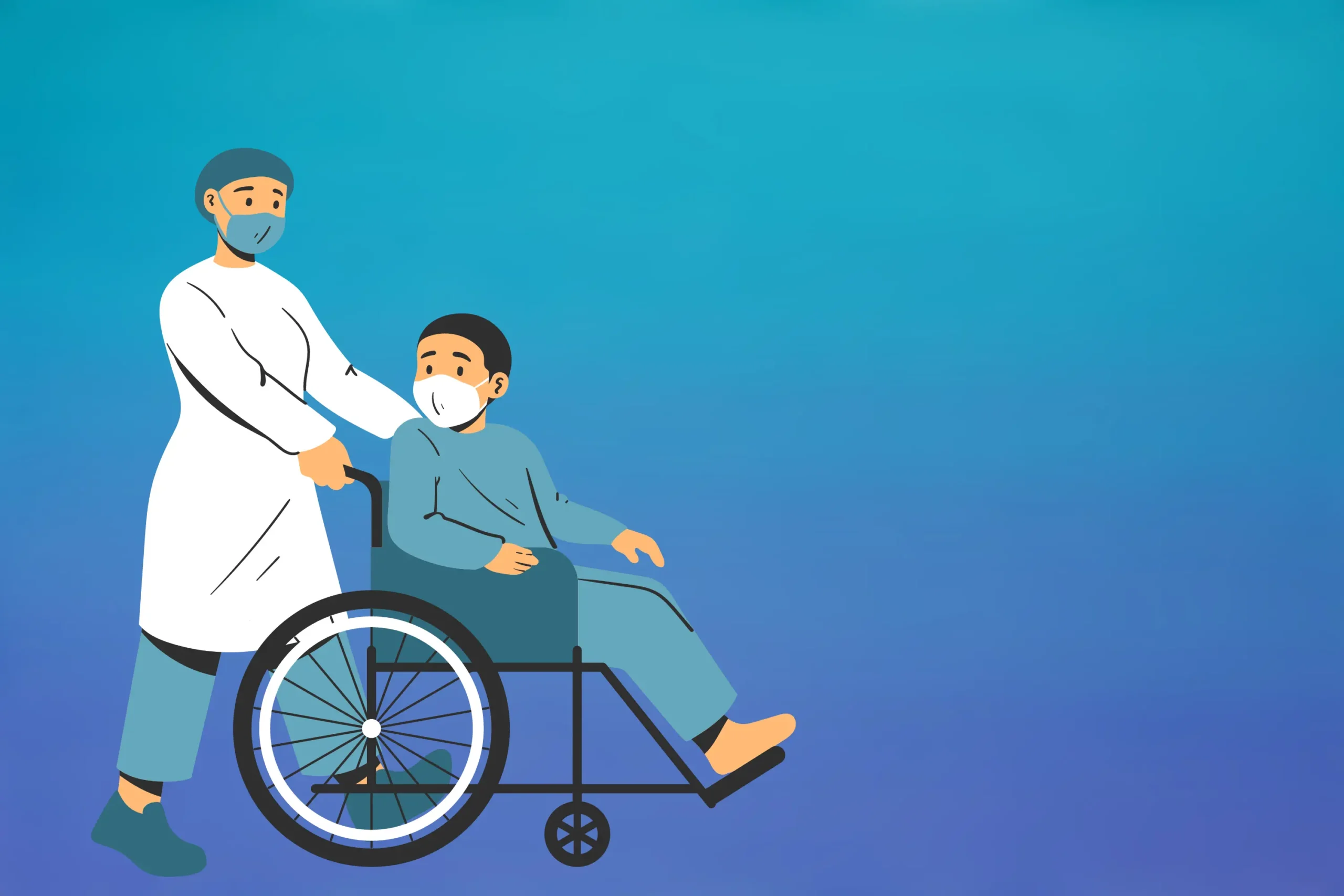At a glance:
- Learn the key differences between TPD insurance and workers’ compensation to make the right decision.
- Find out how to seamlessly blend TPD insurance and workers’ compensation to achieve complete financial protection.
- Recognise what can go wrong with TPD insurance and workers’ compensation claims and how to work around it.
If you’re injured or diagnosed with a life-altering injury or illness, knowing about both TPD and workers’ compensation benefits can help you make informed decisions regarding your financial security. In this article, we will discuss what each coverage is, the differences between them, and how they can collaborate to protect you and your family.
TPD insurance and workers’ compensation in Australia are both very important sources of financial assistance to those who suffer serious injuries or diseases. But those coverages have different purposes, processes, and advantages. Understanding their interactions will allow you to protect yourself best if you or someone close to you is injured in an accident at work.
Before explaining how these coverages can complement one another, we should define what TPD insurance is and what its purpose is.
What is TPD Insurance?
Total Permanent Disability (TPD) Insurance is a type of individual insurance plan that offers you a one-time payment if you are unable to work for good because of an injury or illness. Here’s an overview of its workings:
- Term: For an injury or disease that leaves you unable to perform your usual work (or any job, according to the policy) for life. This is even if the injury was an occupational injury.
- Eligibility: You usually need to be “totally and permanently disabled”, as defined by your policy, in order to qualify for TPD. This will vary from insurer to insurer, but generally, you won’t be able to work in the position for which you’re experienced, trained, or qualified.
- Cost: Typically funded by superannuation or bought separately.
What is Workers’ Compensation?
Workers’ Compensation is an insurance policy paid by employers for the benefit of employees who are injured on the job. It has lots of advantages, but here’s what sets it apart from TPD:
- Scope: Only valid for work-related injuries or diseases. Insurance helps employees recover and reduce financial burdens while they recover.
- Qualification: Must be a work-related injury or illness. Slipping on a wet floor at work and breaking your leg would be an injury, for example, but a fracture at home wouldn’t.
- Type: Pays monthly for care, rehab and a portion of lost wages instead of a lump-sum settlement.
Key Differences at a Glance
|
Features |
TPD Insurance |
Workers’ Compensation |
|
Scope |
All causes of disability – occupational or not. |
Only work-related injuries or illnesses |
|
Benefit Type |
Lump-sum payment |
Regular medical, rehab, and wage replacement payments. |
|
Eligibility |
Defined by the insurance company, it may vary. |
Injury or illness must be directly work-related. |
|
Initiation |
Start by the policyholder or via superannuation. |
Typically initiated through the employer |
|
Funding |
Premium-funded or superannuation fund funded. |
Funded by employer contributions to state-regulated programmes. |
How They Work Together?
In some cases, you might also be eligible for both TPD and workers’ compensation. Here is how these coverages can be coordinated.
- Supplemental Benefits: Workman’s compensation provides medical benefits and replacement of income, but the benefits are limited. A TPD payout provides a second lump-sum payment for longer-term expenses like debt repayment, house improvements, or purchasing other quality-of-life supports.
Example Scenario
Consider Ben, a 35-year-old electrician. He falls off a ladder while working and breaks his back, being permanently out of work. Then this is what Ben’s two coverages do for him:
Workers’ Compensation: Ben’s medical costs and some of his missed wages are paid so he can stay on track with recovery without incurring any cash burden immediately.
TPD Insurance: Ben has TPD insurance through his superannuation. After his policy specifies he is “permanently disabled”, the lump-sum payment comes to him. Ben spends this on paying off his mortgage, modifying his house for accessibility, and building an emergency fund for the future.
The workers’ compensation and TPD together offer Ben more granular financial stability than if he had relied on either separately.
Potential Overlaps and Conflicts
Although TPD insurance and workers’ compensation complement each other, they can sometimes overlap and influence benefits. Let’s look at a few cases that could cause conflict or change.
Offset Provisions
Some TPD policies have offset clauses that deduct the benefit if you receive other types of disability payments, like workers’ compensation. This provision will prevent you from “double-dipping” or getting the full treatment from both for the same injury.
Suppose the nurse Sarah is permanently disabled as a result of an occupational injury and gets workers’ compensation. However, she has an offset clause in her TPD policy, so the amount she receives from TPD is adjusted for her workers’ comp payment.
Coordination Clauses
Some policies might even contain coordination clauses that coordinate benefits across policies. If so, then the timing or magnitude of one gain may influence the duration or magnitude of the other. This is why you must read your policy documentation carefully or speak with an insurance broker. All insurers deal with these overlaps differently, so you will not need to be frightened by them when you understand what your policies are about.
Simple Guides on How to Stack TPD Insurance and Workers’ Compensation
Here are some steps you can take to make the most of both types of coverage if you find yourself in a situation where you qualify for both:
- Check Your Policies: Understanding the coverages of your TPD and workers’ compensation policies can help you identify any coordination provisions or offset provisions that may affect your benefits.
- Go to a Professional: A financial planner or attorney can break down jargon and tell you what to do.
- Keep Records: As with any disability case, proper documentation can back up your claim. Keeping records, employer incident reports, and related information organised.
Example Scenario
Take Jack, who had developed chronic back pain due to decades of labour. His condition was aggravated by a work accident, which entitles him to workers’ compensation. Jack’s TPD coverage gave a third benefit if he proved unable to continue working in his trade permanently. However, because of an offset provision in his TPD policy, the payout was reduced to cover the workers’ compensation benefits he already had. This is why knowledge of policy details is important to avoid unforeseen benefits cuts.
TPD insurance and workers’ compensation are both crucial insurance protections that will cover you differently. TPD insurance provides a more expansive benefit for permanent disability due to any cause, and workers’ compensation targets employment-related injuries and diseases. When you understand the workings of these coverages – individually and collectively – you’ll have more certainty about your financial protections.
When serious injury is involved, like Ben or Jack’s, TPD and workers’ comp are invaluable forms of protection. But it can be tricky to understand these benefits, so we always suggest you talk to an insurance professional or lawyer to ensure you’re maximising your benefits.
Whether you are looking for more information about TPD insurance or seeking guidance in blending different coverages, Aspect Insurance can help. Call us now and see how you can secure yourself with a comprehensive, bespoke plan to suit your requirements anytime, anywhere.






